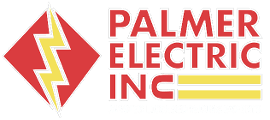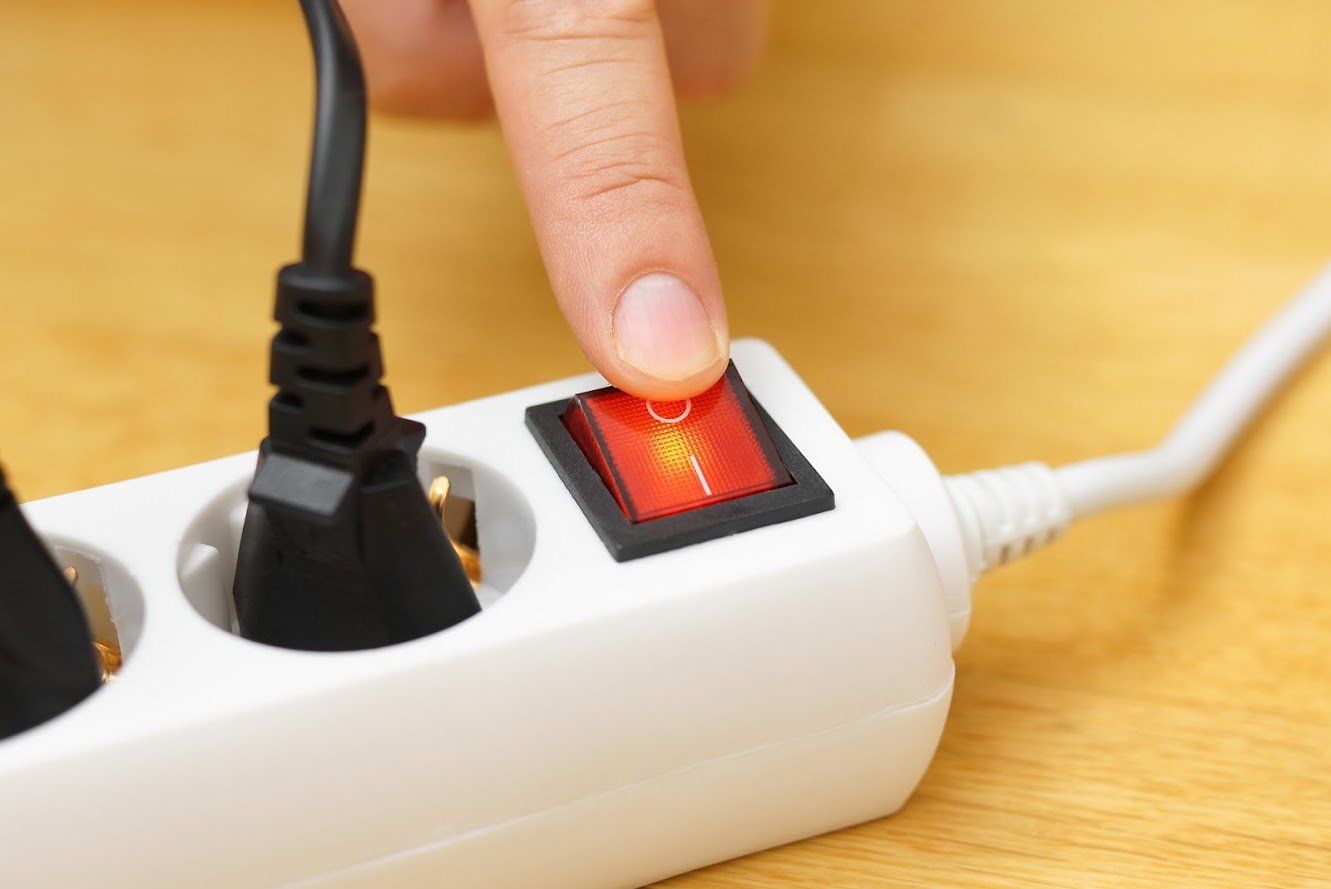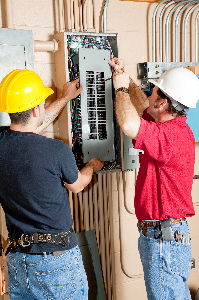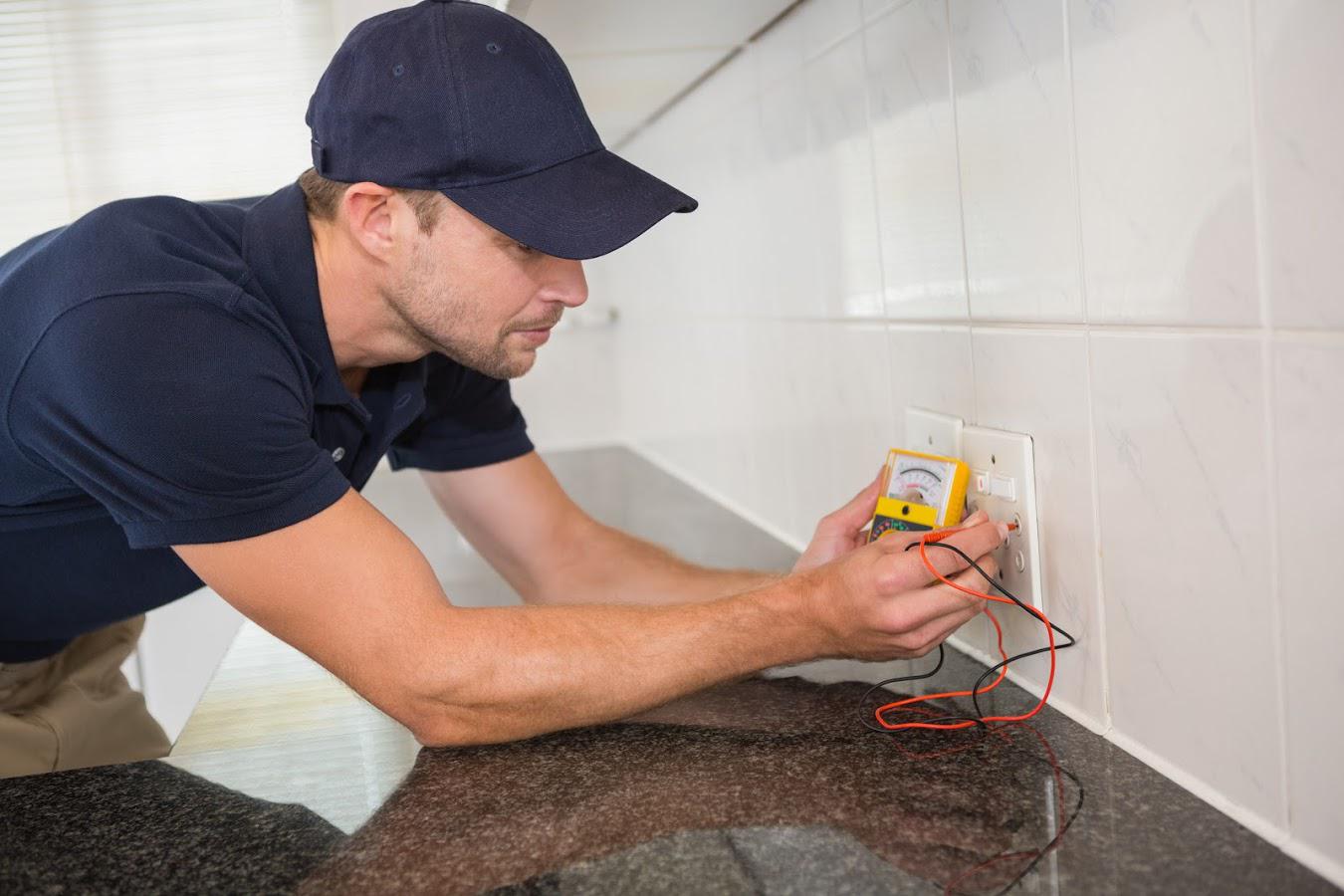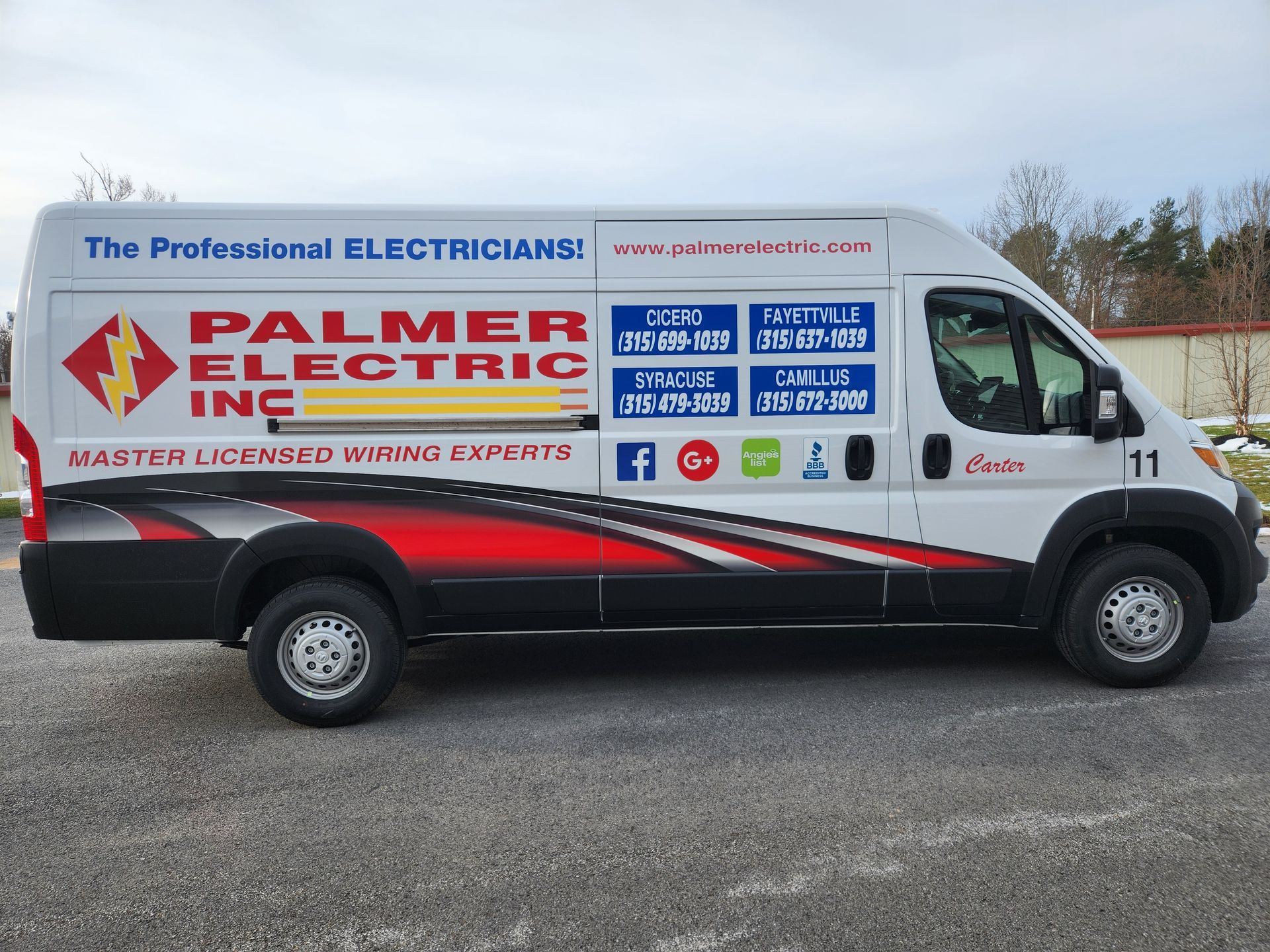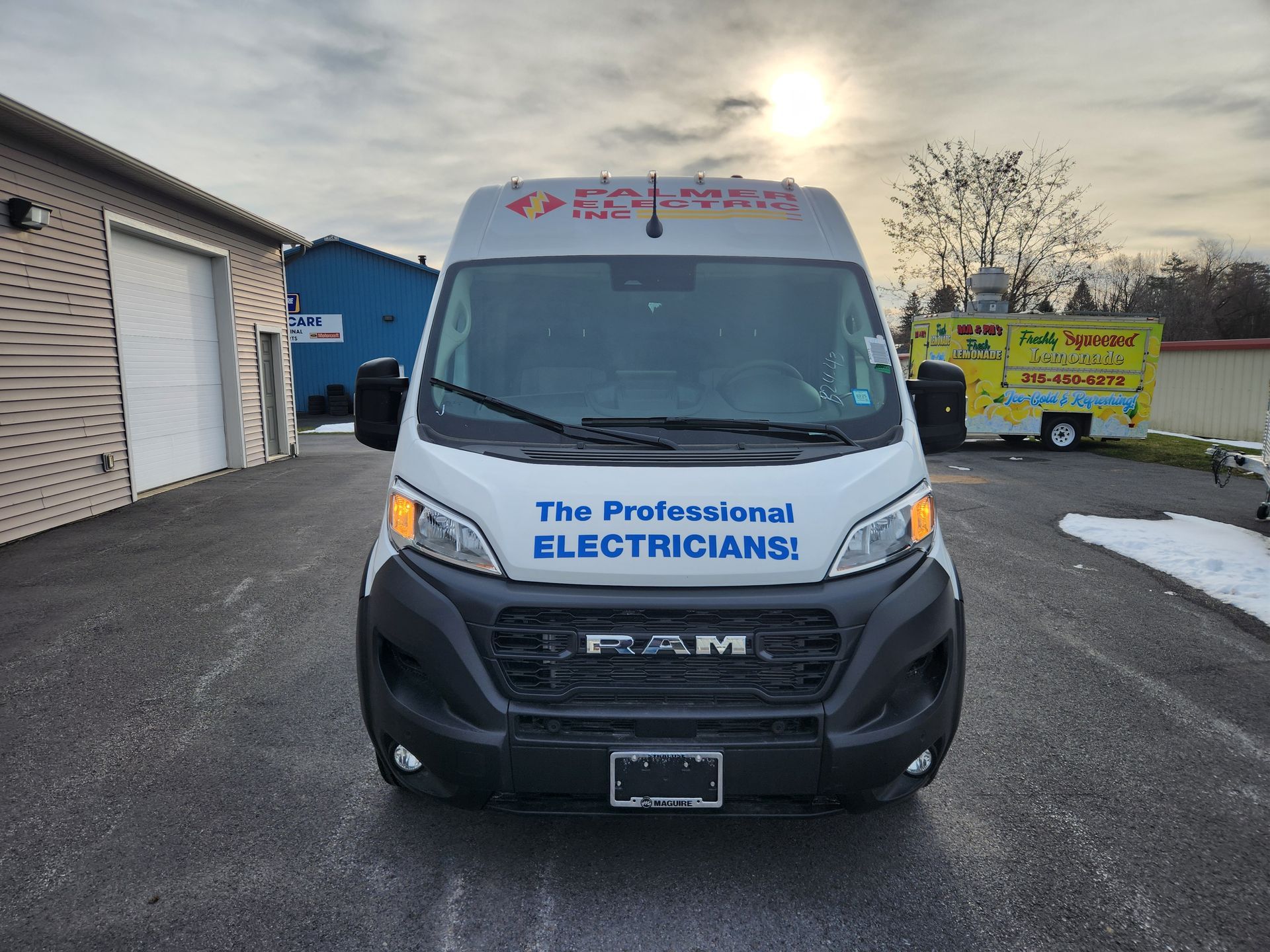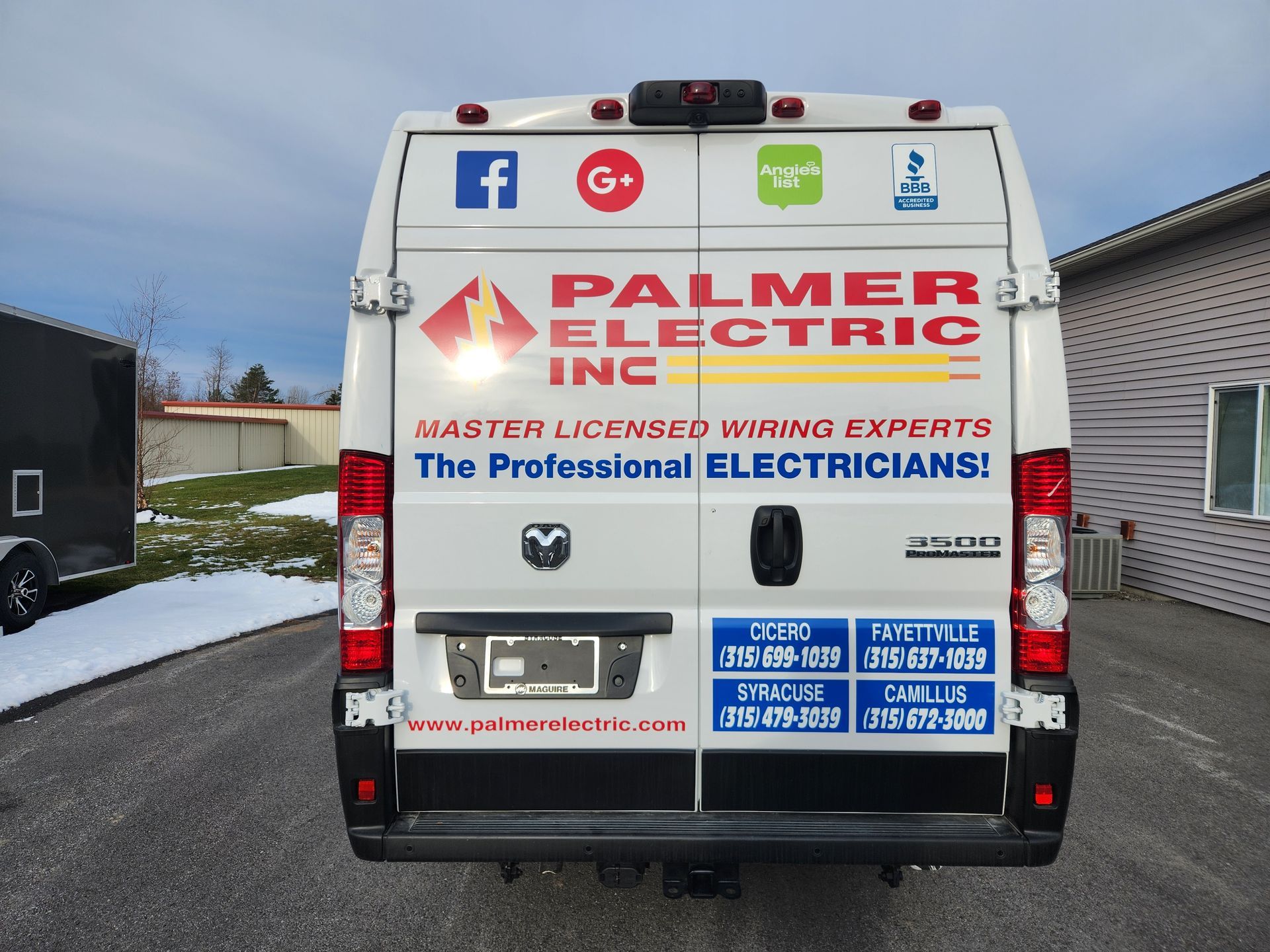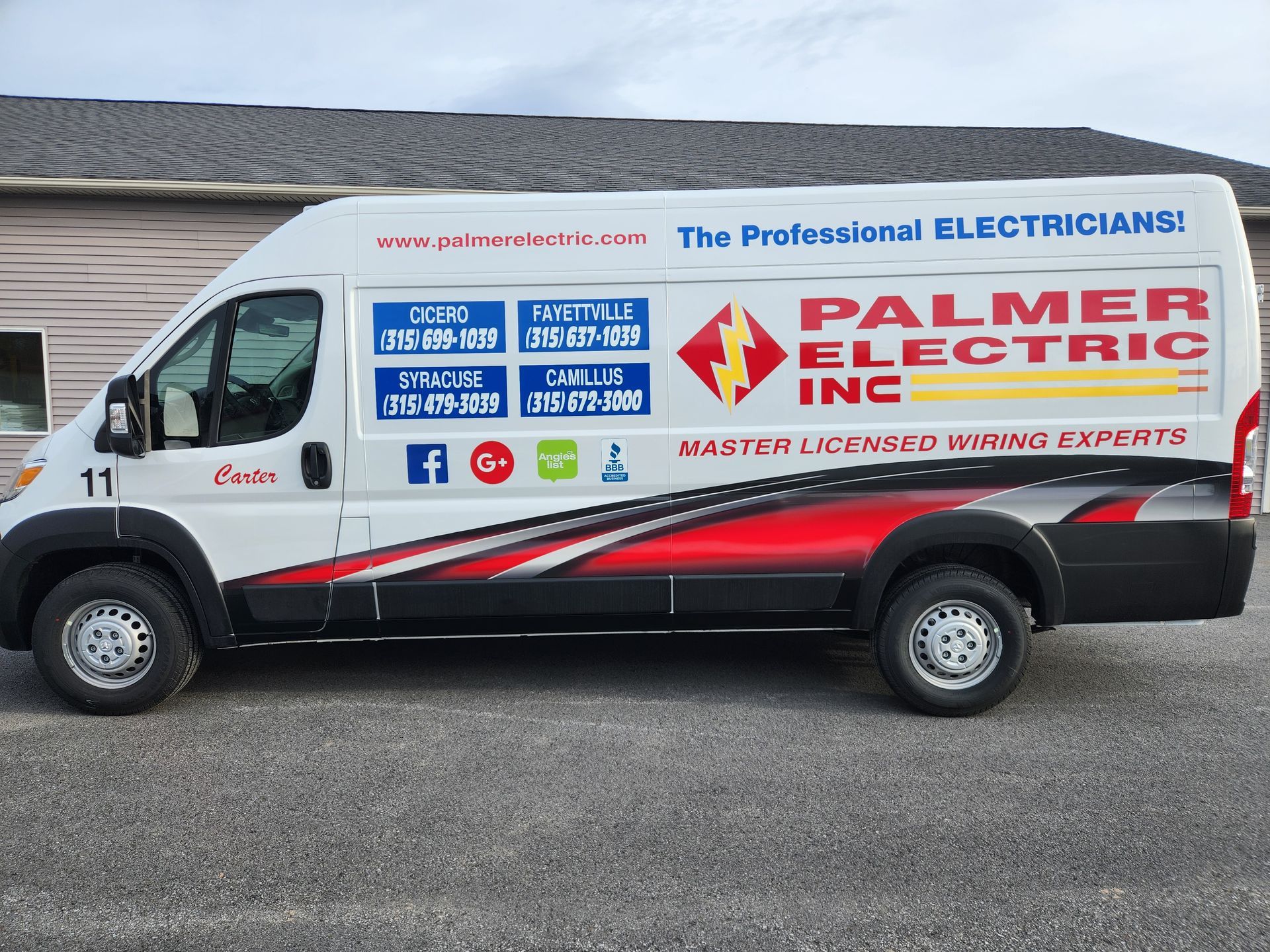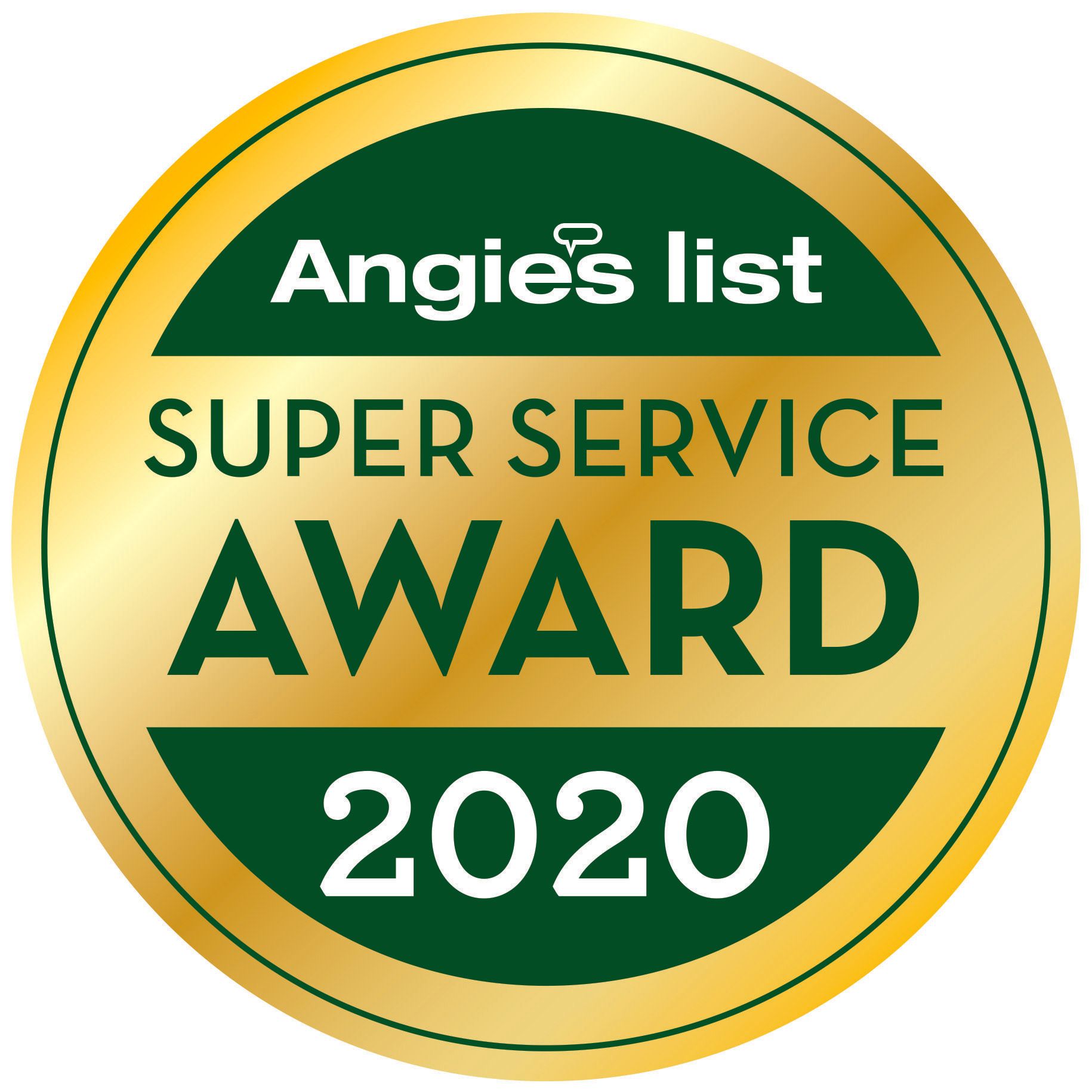Blog Post
Which Plug Is Right? Extension Cord 101
- By Admin
- •
- 03 Dec, 2018
- •
The extension cord is more than just an electrical accent. It's a home owner's helper that can, if used properly, save you time, money, and aggravation. What type of extension cord do you need for your appliance, home décor, or outdoor element? Take look at the different types of cords available, what they're used for, and when you need an electrician instead if an extension.
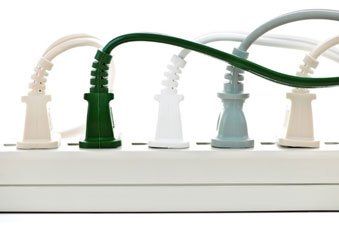
Two- or Three-Pronged
Before buying a cord, look at the end part that plugs into the wall outlet. If the cord isn't made for a specialized purpose, it will have either two or three prongs.
Two-pronged extension cords aren't grounded. You should never remove the third prong from an appliance or electronic device to force the fit (if the plug only has two prong slots). Only use these cords with two-pronged items. You can plug a two-pronged cord into a three-pronged
outlet. But this doesn't mean it's grounded.
Three-pronged cords are grounded. The third, grounding prong helps to reduce shock and fire risks. These cords require a three-pronged grounded outlet for proper use. Removing the third prong poses a serious electrical safety hazard. These, like all other cords, are temporary solutions. If you need a permanent fix, call a qualified electrician for an outlet addition or repair.
Two-pronged extension cords aren't grounded. You should never remove the third prong from an appliance or electronic device to force the fit (if the plug only has two prong slots). Only use these cords with two-pronged items. You can plug a two-pronged cord into a three-pronged
outlet. But this doesn't mean it's grounded.
Three-pronged cords are grounded. The third, grounding prong helps to reduce shock and fire risks. These cords require a three-pronged grounded outlet for proper use. Removing the third prong poses a serious electrical safety hazard. These, like all other cords, are temporary solutions. If you need a permanent fix, call a qualified electrician for an outlet addition or repair.
Light or Heavy Duty
The prong number often reflects the intended use of the cord. Two-pronged cords are typically for light-duty use. This often includes small electronics that use a minimal current. Heavy-duty extension cords are more rugged, grounded, and have multiple layers of exterior covering to insulate the wiring inside. These cords serve power tools, appliances, and devices that have greater electricity needs.
Look for an amp rating on the cord, matching it to the electrical device you're using it for. If the device/electrical item has a higher amp rating, you could damage the cord, damage the device, or cause an electrical fire.
Along with amp rating, extension cords also have a wire gauge measure. Look for the initials AWG (American Wire Gauge). Most cords have either the 10, 12, 14, or 16 number. The lower the AWG number, the thicker the wire inside is. Lower numbered cords are heavier duty. These cords can also carry power over longer distances while keeping the voltage constant (or not dropping the voltage).
Look for an amp rating on the cord, matching it to the electrical device you're using it for. If the device/electrical item has a higher amp rating, you could damage the cord, damage the device, or cause an electrical fire.
Along with amp rating, extension cords also have a wire gauge measure. Look for the initials AWG (American Wire Gauge). Most cords have either the 10, 12, 14, or 16 number. The lower the AWG number, the thicker the wire inside is. Lower numbered cords are heavier duty. These cords can also carry power over longer distances while keeping the voltage constant (or not dropping the voltage).
Cord Length
Extension cords come in a variety of lengths. The size you need depends on the use. Longer cords are ideal for outdoor use, allowing you to move freely with power yard/gardening equipment. When choosing a cord, avoid excessive lengths. These invite tangles and can become trip and fall hazards.
If you do need a longer cord, choose the correct length extension option. Never plug multiple cords together to extend the length.
If you do need a longer cord, choose the correct length extension option. Never plug multiple cords together to extend the length.
Indoor/Outdoor Use
Another aspect of your extension cord to investigate before using it is whether it's rated for indoor or outdoor electrical elements. Some cords are labeled for both indoor and outdoor use.
Never use an extension cord in an area (indoor or outside) that it isn't rated for. This poses a shock or fire risk. Even though outdoor cords are made for (as the name says) outdoor use, avoid wet or rainy environments. Water and electricity never mix, regardless of the type of extension cord used.
Never use an extension cord in an area (indoor or outside) that it isn't rated for. This poses a shock or fire risk. Even though outdoor cords are made for (as the name says) outdoor use, avoid wet or rainy environments. Water and electricity never mix, regardless of the type of extension cord used.
Multiple Plugs
Using multiple extension cords is never advisable. Again, extension cords are temporary devices. If you need to use several cords at once, you may need an electrician to install one or more new wall outlets. An extension cord is never a substitute for a permanent outlet.
Do you need more wall outlets? Contact Palmer Electric Inc for more information.
Do you need more wall outlets? Contact Palmer Electric Inc for more information.
Share
Tweet
Share
Mail
Contact Information
Phone:
Cicero:
(315) 699-1039
Fayetteville:
(315) 637-1039
Camillus:
(315) 672-3000
Syracuse:
(315) 479-3039
Address:
Syracuse NY
Email:
info@palmerelectric.comBrowse Our Website
Contact Information
Phone:
Cicero:
(315) 699-1039
Fayetteville:
(315) 637-1039
Camillus:
(315) 672-3000
Syracuse:
(315) 479-3039
Address:
Syracuse NY
Email:
info@palmerelectric.com
Content, including images, displayed on this website is protected by copyright laws. Downloading, republication, retransmission or reproduction of content on this website is strictly prohibited. Terms of Use
| Privacy Policy
